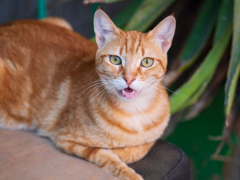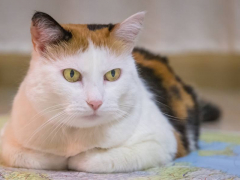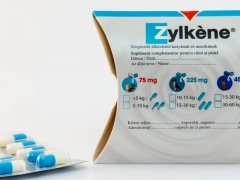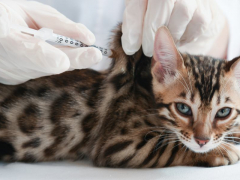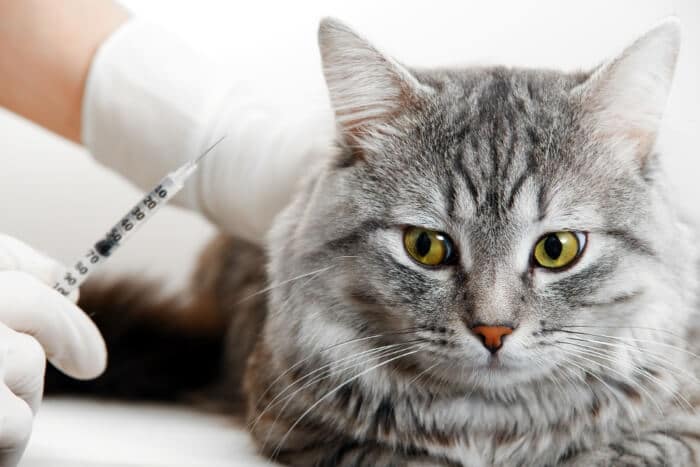
As a vet writing in the media, I try to stay away from writing about prescription only products: these, by definition, can only be given after a vet has decided that they are clinically indicated.
Convenia for Cats Overview

If cat carers read about prescription only products and then feel motivated to ask their vet to use them for their pets, this carries the risk of placing undue pressure on vets. So I need to be clear at the start of this article: it is for a veterinarian to decide to use prescription products, not an owner.
That said, my mission in life is to communicate veterinary science to animal carers. I believe that if a drug is given to an animal, prescription or otherwise, it can only be helpful for an owner to understand more about the drug. The more information people have, the more likely they are to be able to help their pets with the help of their veterinarians.
With this proviso, this article is about a widely used product in feline medicine, an antibiotic called cefovecin, known more commonly by its brand name, “Convenia”.
What Is Convenia
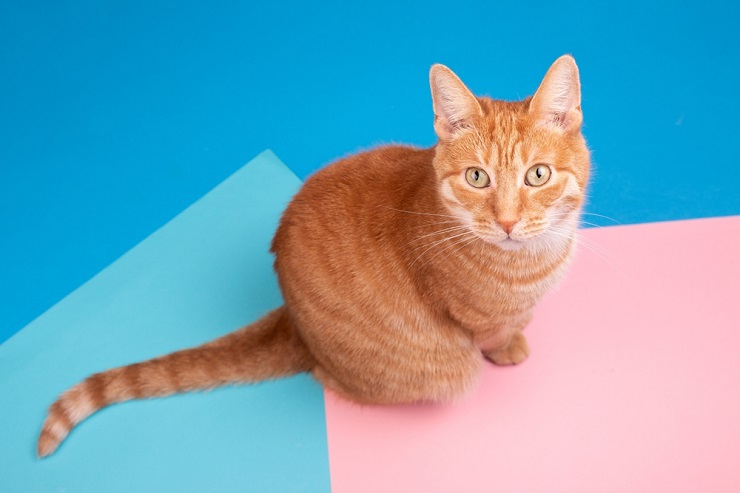
Convenia is a widely used third generation cephalosporin antibiotic marketed by the largest multinational animal health company in the world, Zoetis (formerly Pfizer).
Convenia is an injectable antibiotic with a unique formulation which means that one injection lasts for a full two weeks (most injectable antibiotics are only effective for 24 hours).
It’s this aspect that gives the product such a talking point and a high profile; so many owners have difficulty giving medication to their cats, and it’s a significant benefit to be able to give the equivalent of two weeks of twice daily tablets in a single injection.
What Is a Third Generation Cephalosporin Antibiotic?

Antibiotics, by definition, kill or inhibit the growth of microorganisms including bacteria. Cephalosporins are a particular group of antibiotics: they are bactericidal (i.e. they kill bacteria rather than just inhibiting their growth), and they are known as beta-lactam antibiotics because they contain a beta-lactam ring in their molecular structure. They kill bacteria by inhibiting enzymes in the cell wall of susceptible bacteria.
There are five generations of cephalosporins, with each generation having different properties to the previous one. This is a similar concept to the different iteration of iPhones: the original iPhone was first generation, and the latest model – the iPhone 11 – is the eleventh generation.
What Is Convenia Used for in Cats?

Convenia should only be used in situations where cats require a full fourteen day course of antibiotics, and in particular Convenia is useful in situations where it is difficult or impossible to give a cat normal oral antibiotics (such as tablets).
Convenia is most commonly used for the prolonged treatment of skin and soft tissue infections, for infections of the urinary tract, and as part of the management of severe periodontal disease. It generally has good efficacy against the bacteria commonly associated with these conditions.
Vets may sometimes give owners a choice between a course of antibiotic tablets (which may be less expensive, but which may be less easily administered) or a single injection of Convenia.
The drug is not as highly effective as some other antibiotics against some bacteria (e.g. Pseudomonas) so it is a decision for the vet as to whether or not Convenia is an appropriate choice for a particular case.
What Dose of Convenia Is Given to Cats?
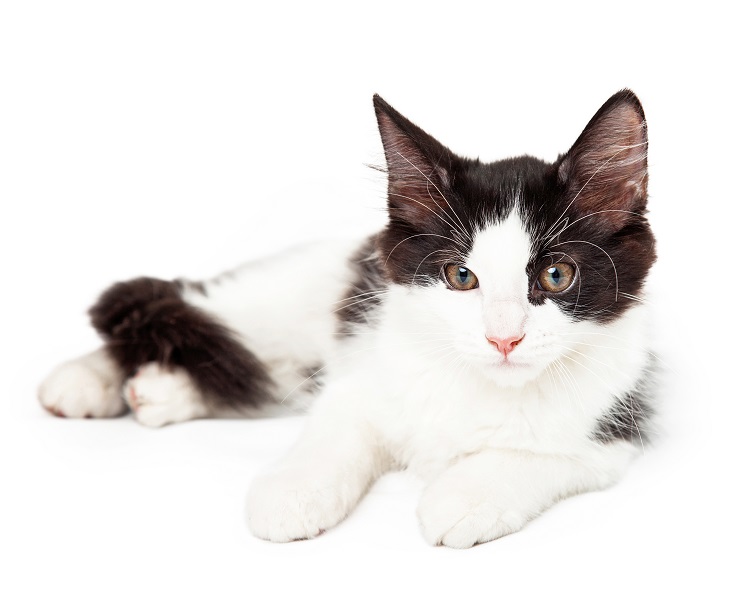
Convenia is sold to vets as a powder inside a sterile bottle: this is made up into a solution by the addition of a reconstituting solution. This needs to be kept in the fridge, and should be used within 28 days. The dose per cat is weight-related, at a rate of 0.1ml per kg, injected sub-cutaneously, usually into the scruff of the neck. Some cats (e.g. patients with renal failure) may require a lower dose: this is a judgement for the prescribing veterinarian to make.
Dosing Table for Convenia
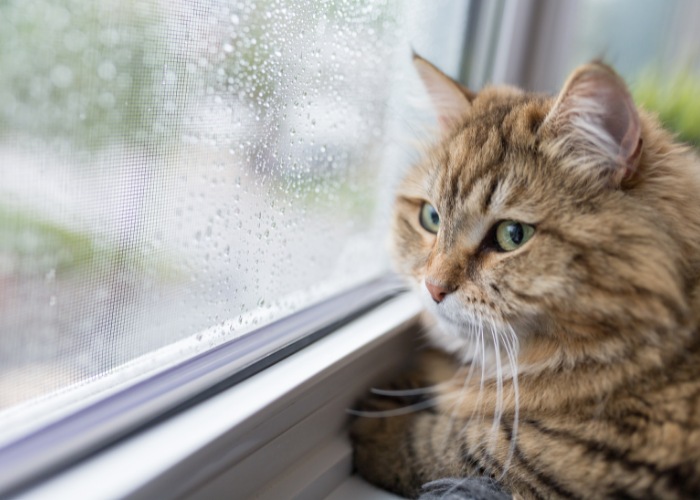
| Animal Weight | Volume To Be Administered |
| 2kg | 0.2ml |
| 2.5kg | 0.25ml |
| 3kg | 0.3ml |
| 3.5kg | 0.35ml |
| 4kg | 0.4ml |
| 4.5kg | 0.45ml |
| 5kg | 0.5ml |
| 5.5kg | 0.55ml |
| 6kg | 0.6ml |
| 6.5kg | 0.65ml |
| 7kg | 0.7ml |
How Long Does Convenia Take To Work in Cats?
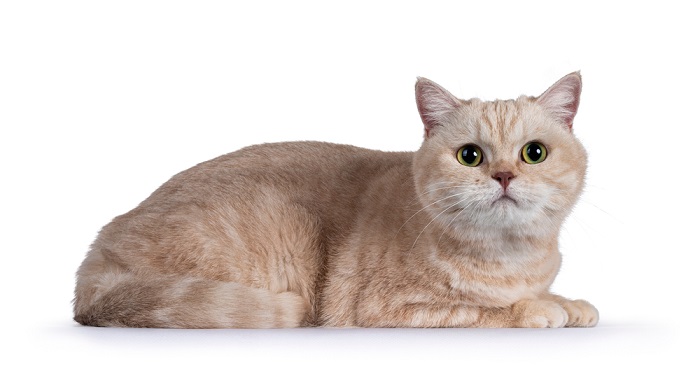
The antibiotic is normally absorbed into the circulation from the injection site within two hours, producing high levels in the blood stream which last for two weeks.
This long lasting effect is made possible because of high levels of binding of the drug to proteins in the blood stream which prevent it from being rapidly metabolised and excreted in the same way as most injectable antibiotic preparations.
Does Convenia Have Any Side Effects in Cats?
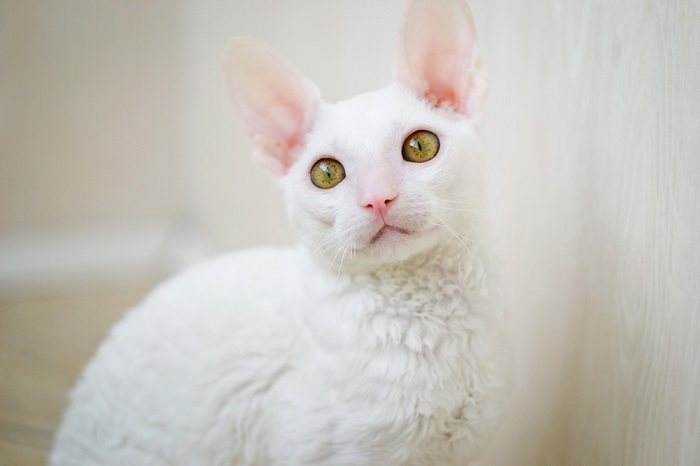
Most cats show no side effects after treatment with Convenia, but nearly all medications have a long list of possible side effects, and Convenia is no different. This is one of the reasons why many medicines are prescription-only: vets need to weigh the appropriateness of a product for a particular patient, taking many factors into account, including potential side effects for certain individual animals.
So-called hypersensitivity reactions (such as allergies or auto-immune problems) to Convenia can occur but they are rare. Occasionally, blood cell abnormalities may be seen following high doses.
In cats, other side effects of Convenia that are rarely seen include vomiting, diarrhoea, anorexia, lethargy, hyperactivity, inappropriate urination and mild elevations of liver and kidney enzymes (the liver metabolises Convenia, while the kidneys excrete its by-products in the urine).
Other very rarely recorded side effects include salivation, itchiness, injection site reactions, swelling of the face, ataxia (unsteadiness), tremors, seizures, and exceptionally rarely, death.
It’s easy to worry excessively when reading a list of potential side effects like this, but it should be stressed that Convenia has been very widely used for over a decade, and has a long established record of complete safety in the very high majority of cases. Studies have shown that even when dose rates of over seven times normal have been given, the drug has been well tolerated by cats.
How Much Does Convenia Cost?
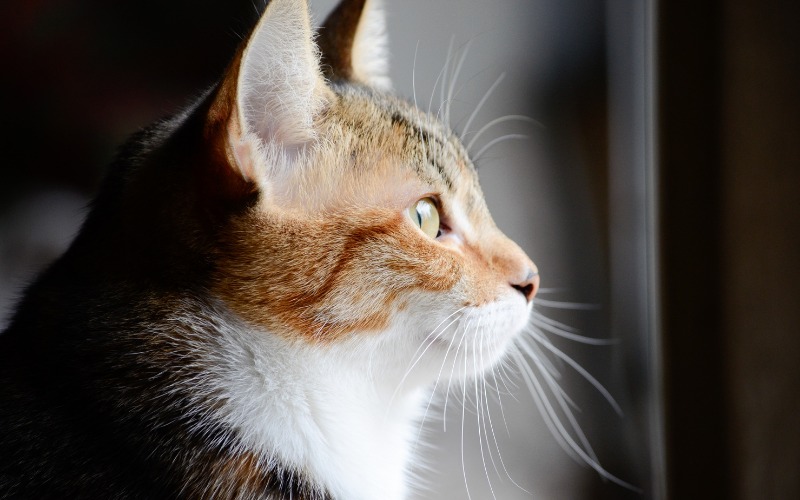
Convenia is given as a prescription only medicine by vets, so the supply chain comprises manufacturer to wholesaler to veterinary clinic.
The price paid for Convenia by pet carers depends on the pricing structure operated by each of these three entities, and varies from location to location. If you are concerned about the cost of Convenia, you should ask your vet for an estimate before the injection is administered.
In general, Convenia is likely to be more expensive than an equivalent course of antibiotic tablets: it would be expected that a premium of some type would be payable for the convenience of not having to give twice daily tablets for two weeks to an unwilling cat.
| Cost Of Convenia – Explanation Using Fictional Sums As Example | ||
| Manufacturer | Wholesaler | Vet |
| $10.00 | 30% mark up means $13.00 | 30% mark up means $16.90 |
Is Convenia Suitable for All Cats?

Convenia is widely used across the cat population, with a few provisos.
- First, it is not normally recommended in kittens less than 8 weeks of age.
- Second, safety has not been proven in pregnant or lactating cats.
- Third, a reduced dose should be given if cats with renal failure are being treated.
- Fourth, and obviously, it should not be given to cats with known hypersensitivity to β–lactam antibiotics.
- Convenia is safe for older cats, but as stated previously, this decision is for a vet to make rather than the owner.
Are There Any Other Nuggets of Important Information About Convenia?
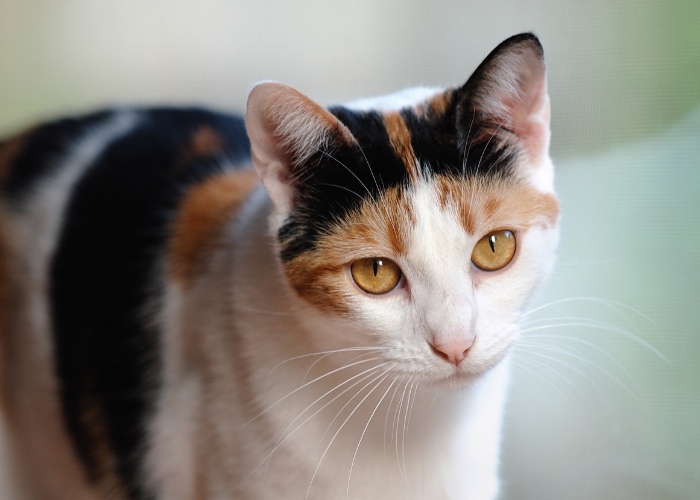
The veterinary community welcomed Convenia when it was launched in 2007: it won an “Easy To Give” award from the iCatCare website.
Convenia continues to be widely used and appreciated by feline veterinarians, helping to ensure a high level of compliance with courses of antibiotics (owners may not give a full course of tablets due to difficulties with giving their pets tablets: this is not an issue with Convenia).
Convenia is not a panacea, and should only be used after careful consideration by veterinarians, but it’s an exceptionally useful formulation that has significantly improved the veterinary profession’s antibiotic armoury for feline patients.
Drug Dosing Disclaimer: We are only able to provide doses for medications that are FDA approved for use in cats and only as the label guidelines dictate. For medications that are used off-label we can only provide guidelines and safety information for use. Safe and appropriate dosing for off-label medications can only be determined by a primary care veterinarian.
We encourage you to work with your veterinarian to determine if a particular medication is appropriate for your cat. Changing or adjusting a dose for your cat on your own without consulting with a veterinarian can carry risk. We do not encourage use of medications prescribed for human use in pets without first consulting with a primary care veterinarian.
